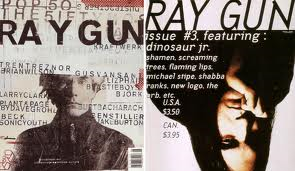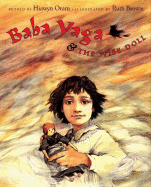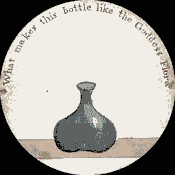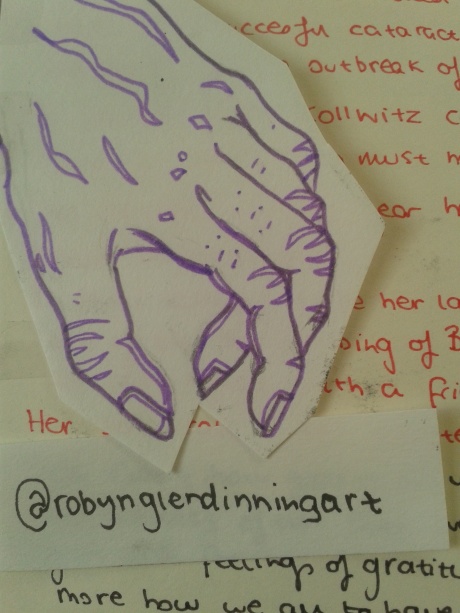
Self Portrait of Elfriede Lohse Wachtler, 1930. picture from : http://en.wikipedia.org/wiki/File:ELW-Selbstportrait.jpg
In my summer project I came across the Nazi’s policy on the arts. Kathe Kollwitz was forced out of her job at the Prussian Academy. Kollwitz was one of many, Expressionists and Modernists alike, who were targeted by the Nazi party for various reasons, their work was un – German, degenerate, they were communists or Jewish or the Nazi’s simply didn’t like their work. Hitler in his youth had applied to art school in Vienna, he was rejected. Some historians believe that this was a key point in his hatred of Modernism and also Hitler of course blamed all the Jews and Communists in Vienna art school for his rejection as he associated them with what he labelled as degenerate art. This evolved into the Degenerate art show or Entartete Kunst. Many great artists were put in the show and were terribly affected by the Nazi’s policy on the arts. Paul Klee, Max Beckmann and Otto Dix like Kollwitz all lost their positions at the Academies they worked for. Unlike Kollwitz they were forced or decided to leave Germany. Others like Ernst Ludwig Kirchner committed suicide after their work was removed from public exhibition. There is a whole lost generation of artists and artwork from this period. Not only was artwork banned and destroyed, but some artists were banned from painting and buying art materials. Artists were destroyed. I came across a female artist by the name of Elfriede Lohse Wachtler, who had her artwork banned and destroyed, she had several mental breakdowns because of this. She was put in a psychiatric hospital where is continued to paint but in 1935 she was forcibly sterilised under Nazi legislation and in 1940 she was murdered as part of the forced euthanasia program. With Entartete Kunst and the other policies the Nazi’s sought to first embarrass and ridicule the artists they deemed inferior then scrub them from history. We are still finding hordes of lost artwork and rediscovering artists like Wachtler who were so totally suppressed by the regime. A question that arose in the discussion after the lecture on this topic, was what would you do in this situation, would you flee or stay. Or if asked, like many were including Hugo Boss and Leni Riefenstahl, would you have worked for the regime or would you refuse and face retribution. In this there are so many variables, do you view a job as a job, how much do you know about the party and there policies, is it worth it? Its easy in hindsight to say that you would say no. It’s not clear-cut, its such a difficult question to answer, I would hope that I would have had the knowledge of the situation to say no but what if you didn’t really know who the Nazi’s were apart that they were in charge and they were offering you a job, for a struggling artist why wouldn’t you take a job such as this. But again unless you were really there its impossible to know the full truth.

page from Marjane Satrapi’s Persepolis, 2008. picture from : http://parrishlantern.blogspot.co.uk/2011/07/marjane-satrapi.html
I want to move on and discus contemporary examples of artists who have lived similar political unrest and destruction. Marjane Satrapi, the author of Persepolis and Embroideries, is to my mind one such artist and shares comparisons with Kathe Kollwitz. Both came from a modern middle class family for their times. Their families supported and nurtured a variety of religious and political beliefs among them a support of the political left. Satrapi and Kollwitz both faced prejudice because of their sex. This is very apparent in Satrapi’s autobiography Persepolis as she was forced to wear the veil after Iran’s revolution led to Muslim fundamentalists taking control. Even in their work there is a similar raw feel to it and the use of black and white imagery. Both faced danger and intimidation from their governments. I love Satrapi’s work, the illustrations are simple maybe even crude but they portray such emotion that I find them echoing the raw expressiveness of Kollwitz’s woodcuts. Kollwitz remained in Germany during the war, I wonder what kept her there, her husband was dead and she had to leave her studios. Maybe it was the fact that despite everything Germany was her home and she knew she was going to die. In her last works she shows herself reaching out to Death coming arms. She had contemplated her own mortality and depicted human mortality so often in her artwork its almost she had accepted this end. Satrapi left her home country because her parents feared for her safety. I cannot imagine what it must be like to have to flee your home country. Satrapi returned to Iran and studied art, she was and is very vocal in her political opinions. For example how can you successfully study life drawing if the model is swathed head to toe in unfitted black fabric. She questioned this while at University.
It would be naïve to think that art and design is now free to do and say what ever it wants. Its not, artists are still being imprisoned, and shut down ( for example Ai Weiwei). Yes, we has free speech but it takes a very strong and convicted person to standby their views in the face of a totalitarian regime. Saying that, those artists who left Germany were not and will never be cowards or less in any way. They were just as strong as those who stayed, they faced a whole new world and spread the legacy of movements like the Bauhaus and German Expressionism.
References and Links to webpages that helped me write this post :
BURNS, L. BBC article on Why Hitler Hated Modernism. Available at : http://www.bbc.co.uk/news/magazine-24819441
Wikipedia Degenerate Art. Available at : http://en.wikipedia.org/wiki/Degenerate_art
Wikipedia Degenerate Art Exhibition. Available at : http://en.wikipedia.org/wiki/Degenerate_Art_Exhibition
KUHNEL, A. Moma, Degenerate Art. Available at : http://www.moma.org/collection/theme.php?theme_id=10077
JONES, J. What the Nazi’s didn’t want you to see. Available at : http://www.theguardian.com/world/2005/aug/16/secondworldwar
All of the above links were accessed on the 29.11.2013.
Satrapi, M. (2006) Persepolis. London. Jonathon Cape.
Satrapi, M. (2008) Embroideries. London. Jonathon Cape.



























